Ultimate Guide to Understanding AA Batteries Performance Ratings and Lifespan
In today’s tech-driven world, understanding the performance ratings and lifespan of AA batteries is essential for anyone looking to optimize their devices' efficiency. Whether you rely on them for everyday gadgets, toys, or specialized equipment, knowing how to assess the quality and longevity of AA batteries can significantly impact your user experience and overall satisfaction. This ultimate guide will delve into the intricacies of AA battery ratings, exploring factors that influence their power output and durability. By grasping these concepts, you can make informed decisions when purchasing batteries, ensuring that you achieve the best performance for your needs. Join us as we break down the key elements of AA battery performance and provide practical tips for maximizing their lifespan in various applications.
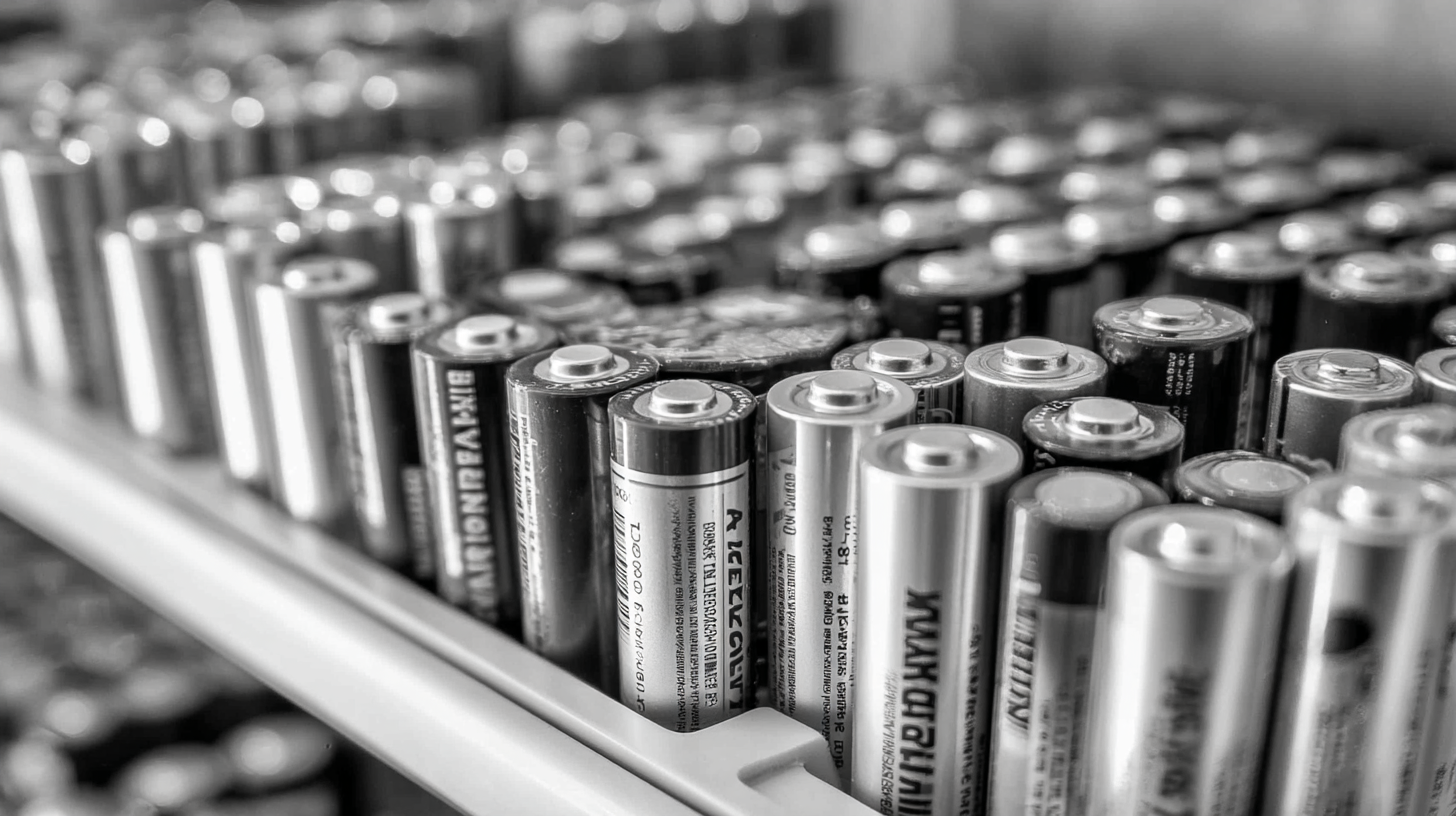
Understanding AA Battery Performance Ratings: Key Metrics Explained
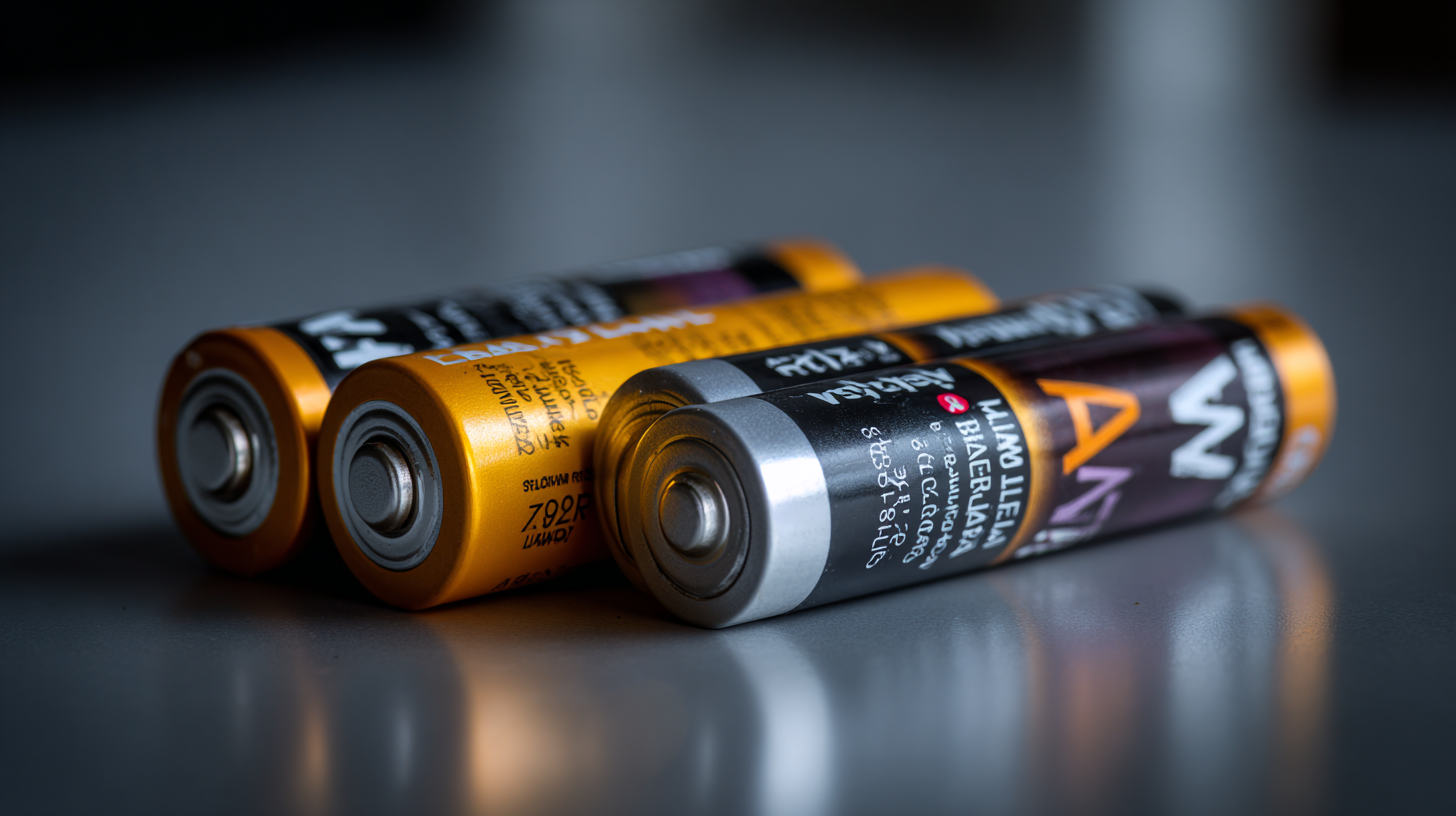 When it comes to AA batteries, understanding their performance ratings is essential for making informed purchasing decisions. The primary metrics that define battery performance include capacity, voltage, and discharge rate.
When it comes to AA batteries, understanding their performance ratings is essential for making informed purchasing decisions. The primary metrics that define battery performance include capacity, voltage, and discharge rate.
Capacity, often measured in milliampere-hours (mAh), indicates how much charge a battery can hold. For instance, a standard alkaline AA battery typically has a capacity ranging from 1800 to 3000 mAh, according to the National Electrical Manufacturers Association (NEMA). In contrast, lithium AA batteries can offer capacities up to 3500 mAh, making them a preferred choice for high-drain devices.
Voltage is another crucial metric, with most AA batteries providing a nominal voltage of 1.5 volts. However, during use, this voltage can fluctuate, especially under load. It's important to consider the discharge rate, represented in amps, which reflects how quickly a battery can provide power to a device. For example, a battery meant for high-drain devices like digital cameras may deliver a higher discharge rate, ensuring optimal performance when needed most.
Industry research shows that batteries with high discharge rates can maintain their voltage longer under heavy loads, making them ideal for performance-critical applications. Understanding these key metrics not only helps in selecting the right battery for your needs but also ensures that devices run efficiently and effectively.
Factors Influencing AA Battery Lifespan and Performance
When it comes to understanding the performance and lifespan of AA batteries, several key factors play a crucial role. The chemistry of the battery, usage patterns, and environmental conditions all contribute to how long and efficiently these batteries can perform. For instance, alkaline batteries typically have longer shelf lives but may not hold up under heavy usage, whereas rechargeable NiMH batteries can deliver substantial power but may degrade faster if not maintained properly.
**Tips:** To enhance the lifespan of your AA batteries, store them in a cool, dry place to prevent deterioration caused by heat and humidity. Also, avoid leaving batteries in devices for extended periods, especially if the device is not in use. This helps prevent potential leakage and performance loss.
Battery life is also influenced by the discharge rate. High-drain devices such as digital cameras or gaming controllers can deplete batteries rapidly, while low-drain devices, like remote controls, allow for prolonged usage. Understanding your device’s power requirements can guide you in selecting the right type of battery, optimizing both performance and longevity.
**Tips:** Regularly check the charge and health of rechargeable AA batteries before use, and always cycle them occasionally. This will help maintain their performance and extend their lifespan, ensuring you get the most out of your investment in batteries.
AA Battery Performance Ratings and Lifespan
How to Choose the Right AA Battery for Your Devices
When it comes to choosing the right AA battery for your devices, understanding the performance ratings is essential. AA batteries come in various types, including alkaline, lithium, and rechargeable options, each offering different lifespans and power outputs. For everyday use in remote controls or flashlights, alkaline batteries are often the most economical choice, providing decent longevity and performance. However, for high-drain devices like digital cameras or gaming controllers, lithium batteries are preferred due to their longer lifespan and ability to deliver consistent power.
Another important factor to consider is the milliamp-hour (mAh) rating, which indicates the battery's energy storage capacity. Higher mAh numbers suggest a longer runtime for your devices, making it crucial to match the mAh rating to the power requirements of your gadgets. Rechargeable batteries typically have lower mAh ratings than disposables, but their ability to be reused multiple times can make them a more economical and environmentally friendly option in the long run. Ultimately, assessing both device requirements and battery specifications will help you make an informed decision that maximizes performance and lifespan.
Ultimate Guide to Understanding AA Batteries Performance Ratings and Lifespan
| Battery Type | Voltage | Capacity (mAh) | Average Lifespan (Months) | Best Use Cases |
|---|---|---|---|---|
| Alkaline | 1.5V | 2000 - 3000 | 6 - 12 | Toys, remote controls |
| NiMH (Rechargeable) | 1.2V | 1500 - 2500 | 3 - 5 | Cameras, gaming controllers |
| Lithium | 1.5V | 3000 - 3500 | 10 - 15 | High-drain devices, flashlights |
| Zinc Carbon | 1.5V | 800 - 1200 | 3 - 6 | Low-drain devices |
Tips for Maximizing the Lifespan of Your AA Batteries
When it comes to maximizing the lifespan of AA batteries, several strategies can significantly enhance performance and longevity. Research indicates that the average AA battery has a lifespan of around 3 to 5 years when stored properly. However, specific practices can extend this duration even further.
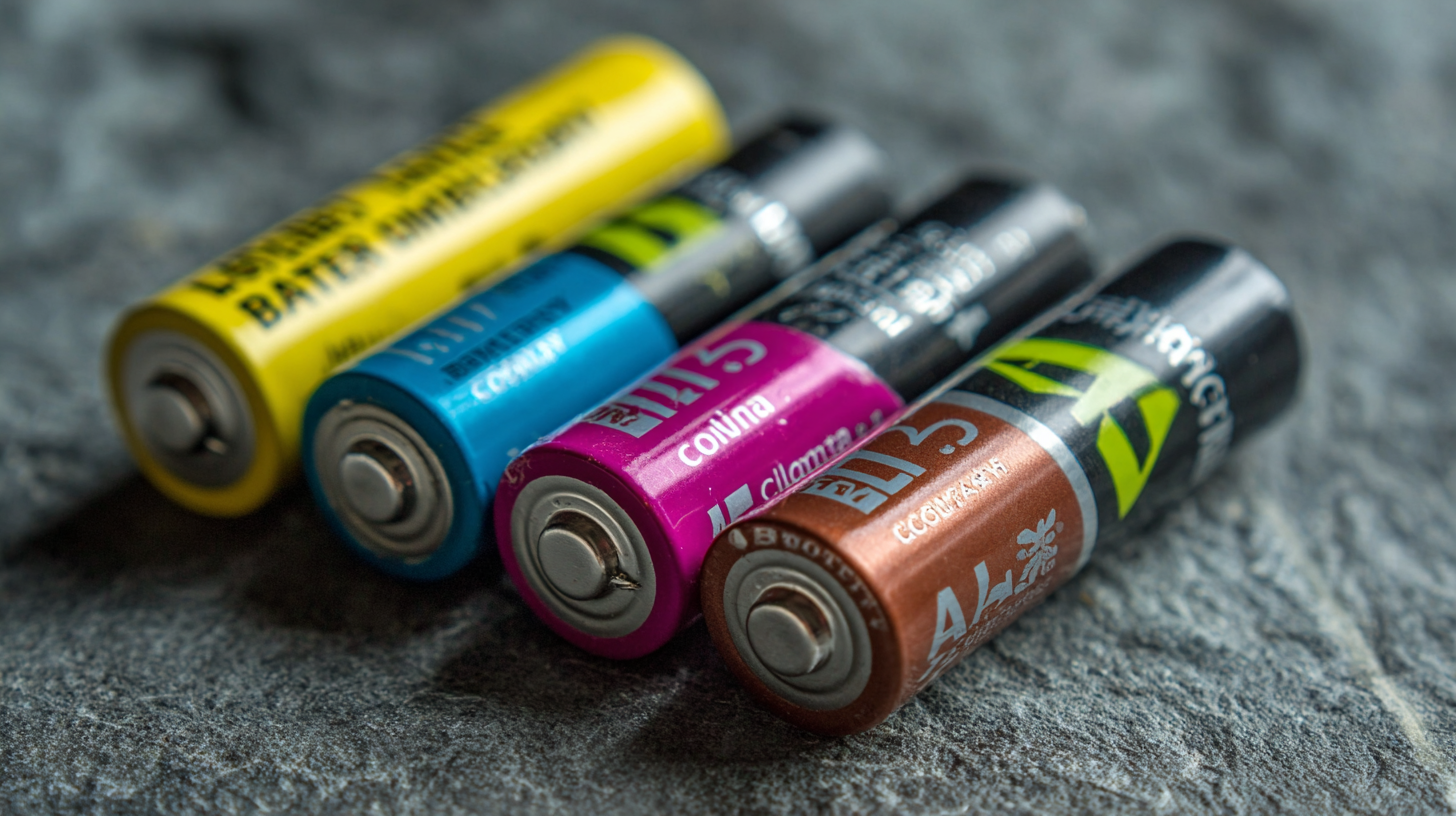
One of the most effective ways to extend AA battery life is to store them in a cool and dry environment. High temperatures can cause batteries to degrade more quickly. Additionally, it’s crucial to avoid mixing old and new batteries in your devices, as this can lead to uneven discharge and reduced overall performance.
To get the most out of your AA batteries, consider using devices with energy-saving features. For example, setting your gadget to power saver mode can drastically reduce consumption. Another tip is to remove batteries from devices that aren’t used regularly, as this prevents slow drain even when the device is off.
Keeping an eye on battery health is essential; when you notice decreased performance, it may be time to replace them to ensure optimal efficiency. Following these tips can help you maximize the lifespan of your AA batteries, ensuring that you get the best performance from your devices.
Common Myths About AA Batteries Debunked and Clarified
AA batteries are often surrounded by various myths and misconceptions that can lead consumers to make uninformed choices. One common myth is the belief that all AA batteries provide the same performance and lifespan. In reality, the performance of AA batteries varies significantly depending on their chemistry—alkaline, nickel-metal hydride (NiMH), or lithium, among others. According to industry reports, alkaline batteries tend to last longer in low-drain devices, while NiMH batteries are preferable for high-drain gadgets.
Another prevalent misconception is that leaving batteries in devices will automatically deplete their power. In fact, batteries can self-discharge over time regardless of whether they are in use. Studies show that rechargeable batteries can lose about 20% of their charge in the first few months if left unused. For optimal longevity, remove batteries from devices when not in use, especially during long periods of inactivity.
Tips: Always choose batteries based on your specific device's power needs. For high-drain devices, consider investing in high-capacity rechargeable batteries. Always check the expiration date before purchase, as older batteries can lead to disappointing performance.
Related Posts
-

Ultimate Guide to Double A Batteries Comparing Performance Lifespan and Efficiency
-

Innovative Solutions for Long Lasting aa Batteries in Modern Electronics
-
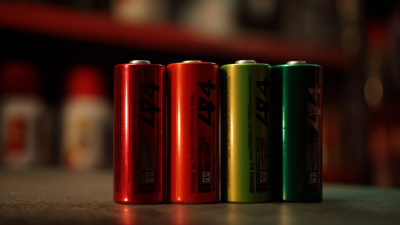
How to Choose the Right Double A Batteries for Your Everyday Needs
-
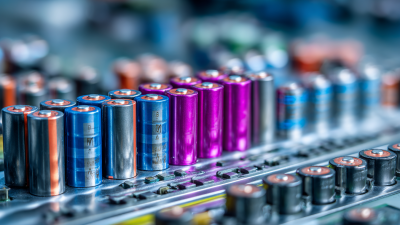
Empowering Innovation: How Chinese Manufacturing Leads the Charge with Best Double AA Batteries
-

How to Choose the Best Bulk AA Batteries for Your Business Needs
-
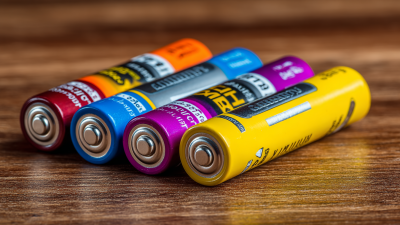
Ultimate Guide to Comparing the Best AA Batteries for Every Need
